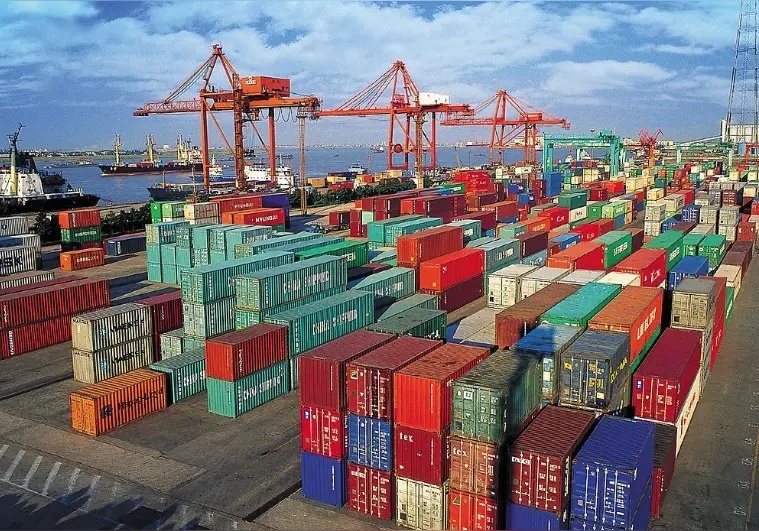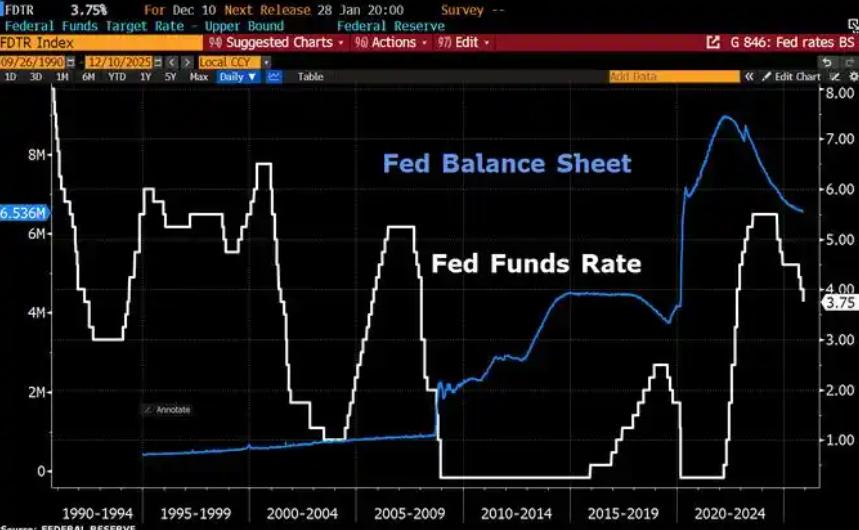
Recently, the US has adjusted its import tariff policy. Starting from August 24th, for packages worth less than 800 US dollars entering the US through non-postal channels, a 54% ad valorem tax or a 100 US dollars per piece specific tax (whichever is higher) will be imposed. Additionally, on August 15th, the Trump administration of the US announced the expansion of the scope of imposing a 50% tariff on steel and aluminum imports, including hundreds of derivative products in the list of tariffs to be imposed. This measure officially took effect on August 18th. This series of measures are like huge stones thrown into a commercial lake, causing thousands of ripples, and have a wide and far-reaching impact on the global business sector.
The adjustment of the US tariff policy has a direct impact on the cross-border e-commerce industry. Previously, the tax exemption policy for packages below $800 was a crucial support for cross-border e-commerce to enter the US market. Now, with the sudden change in policy and a significant increase in costs, this situation has occurred. Take an electronic product package valued at $300 as an example. Previously, it could smoothly enter the US market by only paying the shipping fee. Now, a tariff of $162 (300 × 54%) needs to be paid. This has severely compressed the profit margins of many cross-border e-commerce sellers who mainly adopt a low-price strategy, and some may even face losses. Some small cross-border e-commerce enterprises may be forced to exit the US market due to the inability to bear the cost pressure, and the industry landscape may thus be reshaped.
Even local retailers in the United States have been affected. Large home improvement retailers like Home Depot, for instance, have half of their inventory sourced from outside the United States. The increase in tariffs has led to a sharp rise in import costs, forcing them to raise the prices of their goods. The price hikes then reduce consumers' willingness to purchase, creating a vicious cycle. According to data, the US Department of Commerce reported in the first quarter of this year that the import value of furniture and household goods in the United States exceeded 10 billion US dollars. The increase in tariffs has raised the costs for home brands, and importers, distributors, and retailers all need to share the costs. Ultimately, consumers' enthusiasm for purchasing is dampened by the high prices of goods, and the market vitality of the US retail industry has declined.
The US manufacturing industry is also unable to escape the impact. Steel and aluminum, as important basic raw materials, have seen their tariffs increase, and automobile manufacturing enterprises have borne the brunt of this. Producing a car requires a large amount of steel. Before the tariff increase, the cost of purchasing a certain amount of steel was X, but after the tariff increase, the cost became 1.5x, directly leading to a significant increase in the production cost of automobiles. To maintain profits, car manufacturers may raise the prices of their cars, which will weaken the price competitiveness of American cars in the international market and lead to a decline in sales; if they do not raise the prices, their profit margins will be compressed, restricting their research and development efforts and expansion of production. In the long run, this is not conducive to the development of the US automotive industry and may even lead to a reduction in job opportunities in related industries.
From the perspective of the global business landscape, the adjustment of the US tariff policy has disrupted the original global supply chain system. Previously, enterprises from various countries arranged their production and procurement globally based on comparative advantages. When the US raised tariffs, it disrupted this layout. To avoid tariffs, enterprises had to re-evaluate their supply chains and transfer some production processes to the US or other countries or regions with lower tariffs. This undoubtedly increased the time and financial costs for enterprises, and challenged the stability and efficiency of the global supply chain.
The current tariff policy adjustment by the United States, although ostensibly aimed at protecting domestic industries and reducing trade deficits, is actually "harming others without benefiting itself". Business is the link of the global economy. The frequent changes in the US tariff policy have brought uncertainty to the global business sector. In today's highly developed globalization, the businesses of all countries are closely connected, and win-win cooperation is the right path. The United States should re-examine its tariff policy, return to rationality, and through equal consultation and cooperation, jointly maintain the global business order and promote the healthy and stable development of the world economy.

Since 2022, the Fed has cumulatively reduced its balance sheet by $2.4 trillion through quantitative tightening (QT) policies, leading to a near depletion of liquidity in the financial system.
Since 2022, the Fed has cumulatively reduced its balance sh…
On December 11 local time, the White House once again spoke…
Fiji recently launched its first green finance classificati…
Recently, the European Commission fined Musk's X platform (…
At the end of 2025, the situation in the Caribbean suddenly…
The U.S. AI industry in 2025 is witnessing a feverish feast…